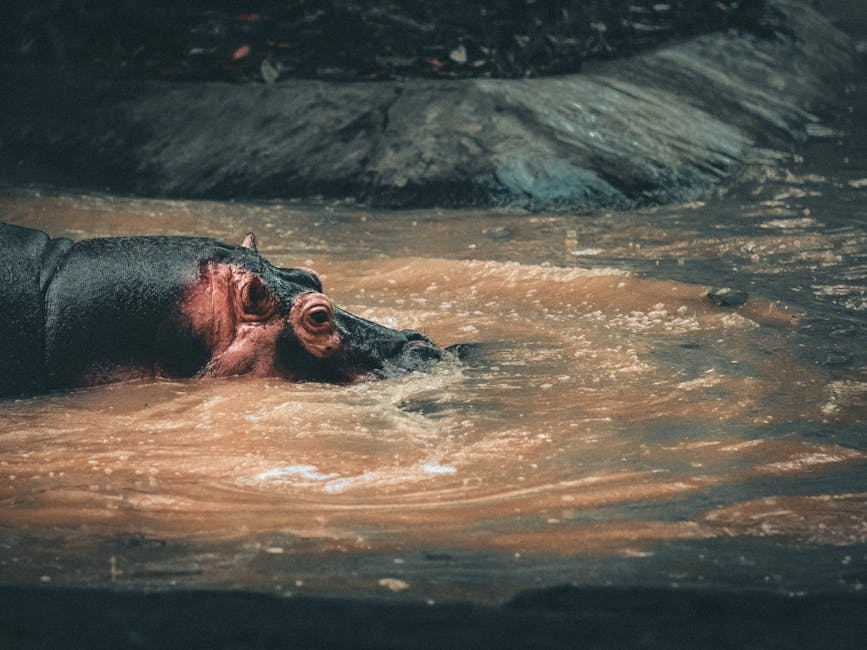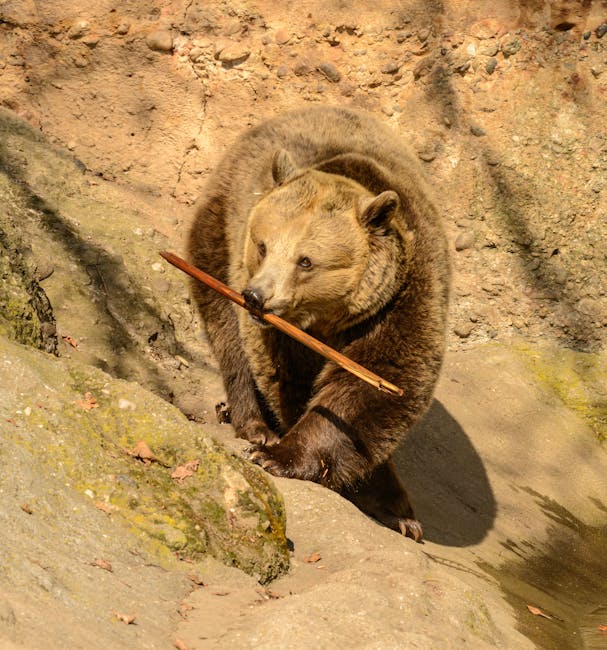Exploring the World of Long-Muzzled Mammals: Adaptations, Habitats, and Conservation
Long muzzles, those elongated snouts characteristic of many mammalian species, are more than just a striking facial feature. They represent a fascinating array of evolutionary adaptations, reflecting the diverse ecological niches and survival strategies employed by these animals. From the iconic wolf to the lesser-known proboscis monkey, long muzzles are intricately linked to diet, sensory perception, and social communication. This comprehensive exploration delves into the world of long-muzzled mammals, examining their unique adaptations, diverse habitats, and the crucial conservation efforts needed to protect them.
The Evolutionary Advantages of a Long Muzzle
The evolution of a long muzzle is a testament to the power of natural selection. The length and shape of the snout are directly correlated with an animal’s lifestyle and feeding habits. Several key advantages contribute to the prevalence of long muzzles across various mammalian lineages:

- Enhanced Sensory Perception: Many long-muzzled mammals rely heavily on their sense of smell. The elongated snout provides increased space for olfactory receptors, allowing for superior scent detection. This is crucial for hunting, finding mates, and navigating their environment. Think of the remarkable olfactory capabilities of dogs, wolves, and foxes.
- Specialized Feeding Strategies: The shape and structure of the muzzle often reflect an animal’s diet. For instance, the elongated snout of many insectivores allows for precise probing and manipulation of insects in crevices and burrows. Carnivores often possess a long muzzle to facilitate grasping prey, while herbivores may have a longer muzzle to reach vegetation.
- Improved Thermoregulation: In some species, the long muzzle plays a role in thermoregulation. The increased surface area can aid in heat dissipation, especially in hot environments.
- Social Signaling: The muzzle is a significant area for social communication. Facial expressions and subtle movements of the muzzle contribute to complex social interactions within a species. This is clearly evident in the communication of canids, such as wolves and coyotes.
Diverse Habitats of Long-Muzzled Mammals
Long-muzzled mammals have successfully colonized a wide range of habitats across the globe. Their distribution showcases the adaptability of this morphological trait:

Terrestrial Habitats:
From the Arctic tundra to the African savanna, long-muzzled mammals thrive in various terrestrial ecosystems. Wolves inhabit forests, grasslands, and even deserts, demonstrating remarkable ecological plasticity. Other examples include foxes, jackals, and many species of wild dogs. These animals are often apex predators or play significant roles in their respective food webs.
Aquatic Habitats:
While less common, some aquatic mammals also exhibit long muzzles, albeit adapted for life in the water. The long snout of the otter, for example, is perfectly suited for foraging in rivers and streams. Their streamlined bodies and sensitive whiskers complement the elongated muzzle for successful underwater hunting.
Arboreal Habitats:
Certain arboreal mammals, such as the proboscis monkey, boast remarkable long muzzles. This elongated snout is linked to their diet, which consists of leaves and fruits. The long muzzle may also play a role in their social interactions within the complex social structures of arboreal primate groups.
Examples of Long-Muzzled Mammals
The diversity of long-muzzled mammals is astonishing. Here are a few noteworthy examples, highlighting their unique adaptations and ecological roles:
- Canids (Wolves, Foxes, Jackals): Characterized by their keen sense of smell, powerful jaws, and social behavior, these animals are widespread across the globe.
- Mustelids (Otters, Weasels, Badgers): This diverse family displays a range of muzzle lengths, reflecting their varying diets and lifestyles. Otters, with their elongated muzzles, are highly specialized for aquatic life.
- Proboscis Monkeys: These fascinating primates are easily identifiable by their distinctive large, pendulous noses. The function of this exaggerated nose is still debated but is likely linked to sexual selection.
- Elephants: Although their trunks are not strictly muzzles in the traditional sense, they represent a highly evolved elongated nose that serves multiple functions, from feeding to communication and manipulation of objects.
- Tapirs: These large mammals, inhabiting tropical forests, have prehensile noses used for feeding and exploring their environment.
Conservation Challenges and Efforts
Many long-muzzled mammals face significant conservation challenges due to habitat loss, human-wildlife conflict, and climate change. Protecting these species requires a multi-faceted approach:
- Habitat Protection and Restoration: Conserving and restoring crucial habitats is paramount to ensuring the survival of long-muzzled mammals. This includes establishing protected areas, managing land use sustainably, and combating deforestation.
- Anti-Poaching Efforts: Combating illegal wildlife trade is crucial for protecting threatened and endangered species. Stronger law enforcement, community involvement, and public awareness campaigns are essential.
- Mitigation of Human-Wildlife Conflict: Reducing conflict between humans and wildlife requires proactive measures, such as implementing livestock protection techniques and promoting coexistence strategies.
- Climate Change Mitigation: Addressing climate change is essential to mitigate the impacts on long-muzzled mammal habitats and populations. This requires global cooperation and a shift towards sustainable practices.
- Research and Monitoring: Continued research and monitoring are crucial for understanding the status of long-muzzled mammal populations, their ecological roles, and the effectiveness of conservation strategies.
The conservation of long-muzzled mammals is not just about protecting individual species; it’s about preserving the ecological balance of entire ecosystems. Their diverse roles in their respective environments make them integral components of biodiversity, and their survival is vital to a healthy planet.


